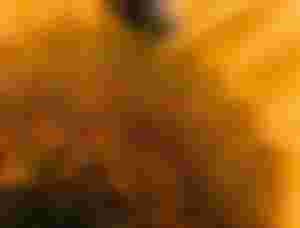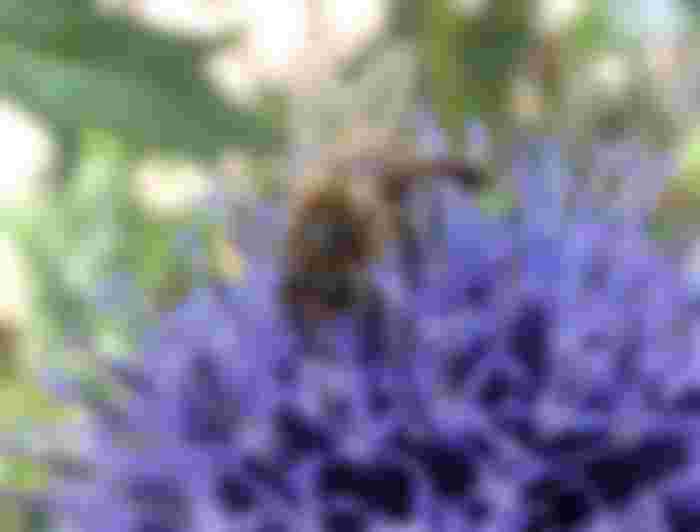
Bees are small insects. Although small in size, their behavior is like mentioning. "Honey" is a very valuable liquid secreted from the stomach of this bee.
The flowers of the tree contain vitamins or nutrients. Which is honey mixed with bee's digestive juice. Honey contains 75% of the vitamins needed by the human body. According to nutritionists, the nutritional value of 200 grams of honey is equal to 1.13 kilograms of milk or 8 oranges or 10 eggs.

Every bee has to work hard to collect this honey, but many of us don't know it. To collect one kilogram of honey, each worker bee has to go to about one crore flowers. To collect one kilogram of honey, each bee has to cover a distance of three lakh sixty thousand to four lakh fifty thousand kilometers.
During flight, their speed is twenty-four to forty kilometers per hour. This is why bees are called "Master of flight". They live in groups. Each bee exchanges their thoughts.
The Austrian scientist Carlovan Fris gave all the interesting information about this. He made an artificial beehive himself to look at the matter better. The inside of the beehive made of glass can be seen from the outside. He noticed the matter and saw that the bees came back to collect honey and began to maneuver the subject on the hive.

He calls this gesture a bee dance. In that dance, he saw two different poses. 1. Round dance in turn, II. Body shaking dance. They understand the meaning of each type of dance and respond accordingly.
In addition to understanding the language of dance, bees can also communicate with smell. Each bee in a hive has a different odor. The bees on the outside of the hive The bees on the other hive In fact, the bees on that hive can understand that someone from outside has entered the hive.
Scientist Fris's experiments further show that bees can understand how far and from what height they are bringing honey through dance. The most interesting thing is that even if a bee dances in deep darkness, other bees can understand the exact meaning of that dance.
The antennae or horns on the bee's head, however, act like the mobiles of our current communication system. They can communicate with each other through that antenna, send words in the form of waves, and other bees also have receivers to receive those waves.
As a result, they communicate with other bees with the help of the antenna if they encounter any problem or are in danger or forget the road while fetching honey



woao